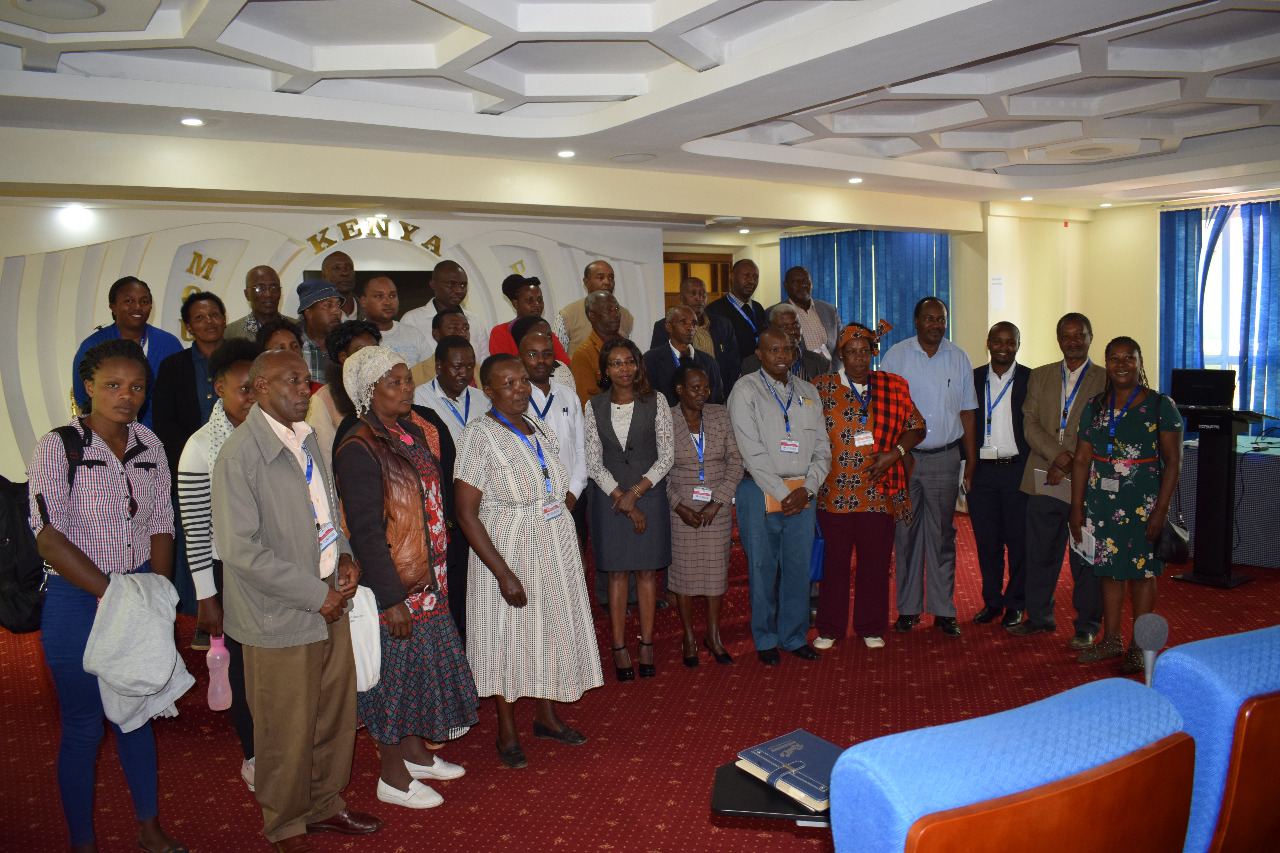Data collection system in Toubkal National Park
Wildlife monitoring
Parc national de Toubkal
Between 2015 and 2019, the Direction du Parc National de Toubkal (DPNT) has developed data collection sheets for monitoring i) infractions linked to tourism activities, and ii) wildlife.
These are paper sheets given to local eco-guards to fill in during their field surveys, illustrate with photographs and then hand over to the Toubkal National Park Zone Managers (PNTb): from these sheets, the latter then draw up quarterly reports and location maps for the DPNT, which feed into a database.
From the end of October 2019, the DPNT plans to improve and facilitate data collection for local eco-guards: the Toubkal National Park ecotourism officer, in collaboration with the scientific monitoring officer and the PNTb zone managers, has adapted the CyberTracker software for this protected area in order to develop an easy-to-use mobile application for monitoring in the Toubkal National Park. Training in the use of this application is planned in the near future for the PNTb's eco-guards.
Training in monitoring (types of data to be collected, filling in forms, use of GPS and digital camera) is an absolute prerequisite before local eco-guards can begin field surveys.
Rigor in data collection by the eco-guards, then in the centralization and synthesis of this data by the Toubkal National Park Zone Managers.
In addition, the use of the GIS tool by the latter is not superfluous.
Thanks to this monitoring system set up by the DPNT, a veritable database has been created and periodically updated, enabling us toimprove our knowledge of wildlife (for priority species) and the location of "black spots" relating to tourist activity.
Better still, the implementation of these patrols and monitoring operations in the Toubkal National Park has reduced the reaction time between the discovery of an offence in the core zone and the issuing of the Official Statement of Offence, as the local eco-guards are constantly on the ground and in permanent contact with the PNTb Zone Managers (thus playing a key role in the fight against poaching and illegal construction).
However, it turned out that the local eco-guards still had many shortcomings in data collection, mainly due to the fact that many of them are illiterate. The CyberTracker software seems an interesting solution to this problem. To be continued...
